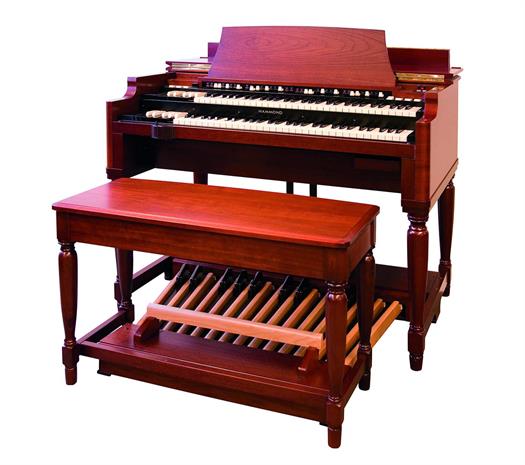Products
- Harmonicas
- Hammond & Leslie
- Speakers
- Guitar straps - Franklin
- BlackPantherSystem
- Schertler
- Wireless systems
- Ukulele
- Melodica
- Recorders
- Tonechimes
- Xylophones - Metallophones
- Glockenspiel
- Violins
- Percussions
- School & Fun instruments
- Hammond & Leslie Accessories
- Guitars
- Harmonica Accessories
- Mics, cables, strings
- Spareparts

